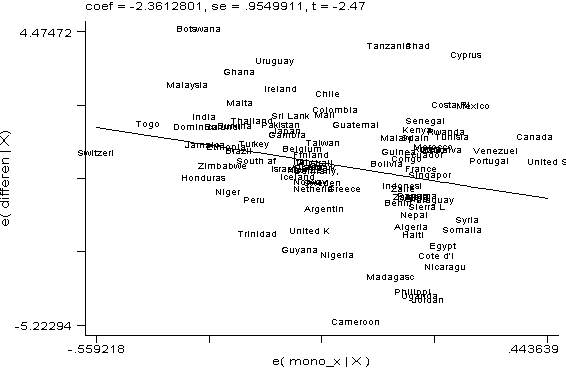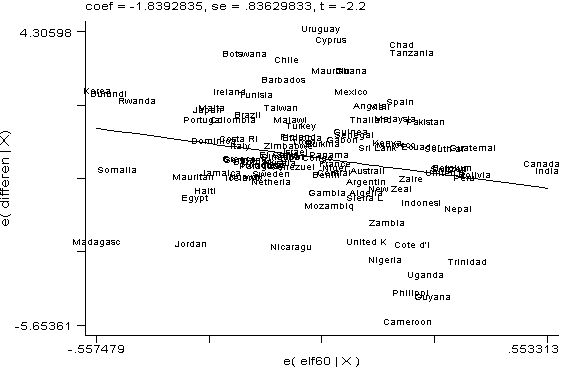
World renowned development economist Alice Amsden passed away this week. Other landmark books were 'Asia's Next Giant: South Korea and Late Industrialization' and 'Beyond Late Development: Taiwan's Industrial Upgrading.'. With the passing away of Alice, We in Latin America lost an endearing.
Excerpt
This book seeks an answer to the puzzle of why South Korea has grown so much faster than most developing countries, even those that have gone through what is called 'late industrialization.' Late industrialization applies to a subset of developing countries that began the twentieth century in an economically backward state based on raw materials, and dramatically raised national income per capita by selectively investing in industry. Included are South Korea, Taiwan, Brazil, Turkey, India, and Mexico. This book also treats Japan as a late-industrializing country, which makes the list all the more heterogeneous. Diversity notwithstanding, all late industrializers have in common industrialization on the basis of learning, which has conditioned how they have behaved. These countries industrialized by borrowing foreign technology rather than by generating new products or processes, the hallmark of earlier industrializing nations.
South Korea's growth is a classic example of late industrialization, and embodies all of the elements common to these countries. It has involved a high degree of state intervention to get relative prices 'wrong' in order to overcome the penalties of lateness, the growth of large diversified business groups (even in Taiwan) to transcend the hardships of having to compete without the advantages of novel technology, the emergence of salaried managers responsible for exploiting the borrowed technology (the private entrepreneur in large companies playing a much reduced role compared to earlier times), and a focus on shopfloor management to optimize technology transfer. All these factors allowed Korea to be among the first countries to penetrate world markets on the basis of low wages rather than a technological edge. England succeeded during the First Industrial Revolution on the basis of invention, and leading firms in Germany and the United States at a later time captured market share from England on the basis of innovation.
[18] For a thorough discussion of these issues see Michael Hudson, Trade, Development and Foreign Debt, ISLET (2009); for the cases of Japan and other South-East Asian countries see Pankaj Mishra and Elif Shafak, ' Worldwide Mutinies against Globalization '; and for the case of South Korea see Alice Amsden, Asia's Next Giant: South Korea. Alice Amsden Asia Next Giant Pdf. Get Full text in PDF. Although Asian countries attain relatively high growth rates of GDP, many citizens do not seem to benefit from it. To find out more about E-IR essay awards, click here. Domestic inadequacies and a loss of international prestige has left a growing number of scholars, analysts,.
But Korea has succeeded far beyond the non-East Asian late industrializers. This book will examine in detail the factors that contributed to its success. It will analyze the crucial role of government not only in subsidizing certain industries to stimulate growth, but in . . .
SUBSCRIBE TODAY!- Full access to this book and over 94,000 more
- Over 14 million journal, magazine, and newspaper articles
- Access to powerful writing and research tools
Book details

World renowned development economist Alice Amsden passed away this week. Other landmark books were 'Asia's Next Giant: South Korea and Late Industrialization' and 'Beyond Late Development: Taiwan's Industrial Upgrading.'. With the passing away of Alice, We in Latin America lost an endearing.
Excerpt
This book seeks an answer to the puzzle of why South Korea has grown so much faster than most developing countries, even those that have gone through what is called 'late industrialization.' Late industrialization applies to a subset of developing countries that began the twentieth century in an economically backward state based on raw materials, and dramatically raised national income per capita by selectively investing in industry. Included are South Korea, Taiwan, Brazil, Turkey, India, and Mexico. This book also treats Japan as a late-industrializing country, which makes the list all the more heterogeneous. Diversity notwithstanding, all late industrializers have in common industrialization on the basis of learning, which has conditioned how they have behaved. These countries industrialized by borrowing foreign technology rather than by generating new products or processes, the hallmark of earlier industrializing nations.
South Korea's growth is a classic example of late industrialization, and embodies all of the elements common to these countries. It has involved a high degree of state intervention to get relative prices 'wrong' in order to overcome the penalties of lateness, the growth of large diversified business groups (even in Taiwan) to transcend the hardships of having to compete without the advantages of novel technology, the emergence of salaried managers responsible for exploiting the borrowed technology (the private entrepreneur in large companies playing a much reduced role compared to earlier times), and a focus on shopfloor management to optimize technology transfer. All these factors allowed Korea to be among the first countries to penetrate world markets on the basis of low wages rather than a technological edge. England succeeded during the First Industrial Revolution on the basis of invention, and leading firms in Germany and the United States at a later time captured market share from England on the basis of innovation.
[18] For a thorough discussion of these issues see Michael Hudson, Trade, Development and Foreign Debt, ISLET (2009); for the cases of Japan and other South-East Asian countries see Pankaj Mishra and Elif Shafak, ' Worldwide Mutinies against Globalization '; and for the case of South Korea see Alice Amsden, Asia's Next Giant: South Korea. Alice Amsden Asia Next Giant Pdf. Get Full text in PDF. Although Asian countries attain relatively high growth rates of GDP, many citizens do not seem to benefit from it. To find out more about E-IR essay awards, click here. Domestic inadequacies and a loss of international prestige has left a growing number of scholars, analysts,.
But Korea has succeeded far beyond the non-East Asian late industrializers. This book will examine in detail the factors that contributed to its success. It will analyze the crucial role of government not only in subsidizing certain industries to stimulate growth, but in . . .
SUBSCRIBE TODAY!- Full access to this book and over 94,000 more
- Over 14 million journal, magazine, and newspaper articles
- Access to powerful writing and research tools
Book details
400 pages
https://evhobacde1983.mystrikingly.com/blog/inspiration-7-5-crack-serial-keygen. Publisher:Oxford University Press
Alice Amsden Asia Next Giant Pdf Magazine 2017
Damodaran corporate finance theory and practice pdf files. Place of publication: New York Granado espada server files minecraft.
Publication year: 1989 How to install wifi driver in kali linux android.
Alice Amsden Asia Next Giant Pdf Magazine Download
Subjects:Alice Amsden Asia Next Giant Pdf Magazines
- Korea (South)--Industries
- Korea (South)--Economic Conditions--1960-
- Korea (South)--Economic Policy--1960-
- Industrial Policy
